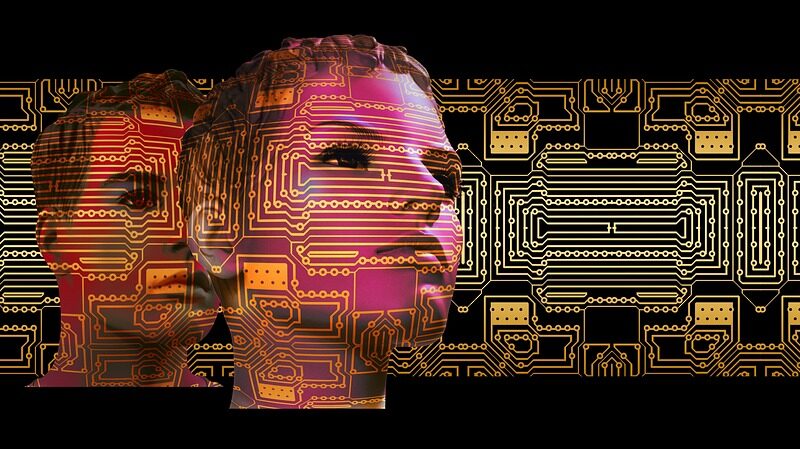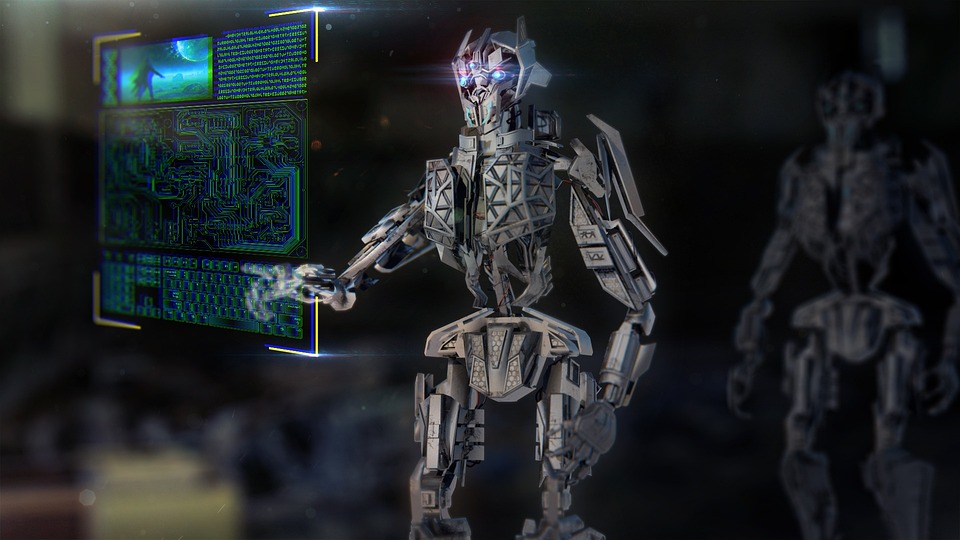Art has always been a reflection of human creativity, emotion, and imagination. Artists have long used various mediums to express their thoughts and feelings about the world around them, whether it is through painting, sculpture, music, or literature. However, with the rapid advancement of technology in recent years, a new era of art has emerged – one that is created not by human hands, but by artificial intelligence (AI).
AI-generated artwork refers to pieces of art that are created using algorithms and machine learning techniques. These algorithms are trained on vast amounts of data, allowing them to generate images, music, and even poetry that mimic the styles of famous artists or create entirely new and innovative pieces.
The fascinating world of AI-generated artwork has sparked debates and discussions within the art community. Some argue that this new form of art is a threat to traditional art forms, while others see it as a powerful tool for artists to explore new ideas and push boundaries. Regardless of where you stand on the subject, there is no denying that AI-generated artwork is here to stay and is reshaping the way we perceive and create art.
One of the most well-known examples of AI-generated artwork is “Portrait of Edmond de Belamy” created by the French art collective Obvious. The portrait was generated using a Generative Adversarial Network (GAN), a type of AI algorithm, and sold at auction for over $400,000 in 2018. This groundbreaking sale sparked interest in AI-generated art and brought it to the forefront of the art world.
AI-generated artwork is not limited to just paintings. Artists have also used AI algorithms to create music, writing, and even sculptures. The possibilities are endless, and the results are often surprising and thought-provoking. AI-generated art challenges our notions of creativity and authorship, blurring the lines between man and machine.
One of the key benefits of AI-generated artwork is its ability to quickly generate vast amounts of unique and innovative pieces. Artists can use AI algorithms to explore new styles, techniques, and ideas that they may not have considered before. This can lead to the discovery of new artistic concepts and push the boundaries of what is considered art.
However, AI-generated artwork also raises questions about the role of the artist and the authenticity of the art itself. Can a piece of art created by a machine truly be considered art? Who owns the rights to AI-generated artwork? These questions are still being debated within the art community, and there is no clear answer yet.
Despite the controversies surrounding AI-generated artwork, many artists and collectors are embracing this new form of art. AI algorithms can analyze vast amounts of data and learn from it, allowing them to create art that is both innovative and original. This opens up new possibilities for creativity and experimentation, challenging artists to think outside the box and push the boundaries of traditional art forms.
FAQs about AI-generated artwork:
Q: Can AI-generated artwork be considered art?
A: This is a complex question that is still being debated within the art community. While some argue that AI-generated artwork lacks the human touch and emotion that traditional art possesses, others see it as a new and innovative form of art that pushes the boundaries of creativity.
Q: Who owns the rights to AI-generated artwork?
A: The ownership of AI-generated artwork is still a grey area, as it raises questions about authorship and creativity. In some cases, the rights may belong to the artist who created the AI algorithm, while in others, it may belong to the machine itself. More discussions and legal frameworks are needed to clarify this issue.
Q: Is AI-generated artwork a threat to traditional art forms?
A: Some argue that AI-generated artwork poses a threat to traditional art forms, as it may replace human artists and diminish the value of handcrafted art. However, others see it as a tool for artists to explore new ideas and styles, pushing the boundaries of what is considered art.
Q: How can AI-generated artwork be distinguished from traditional art?
A: AI-generated artwork can be distinguished from traditional art through its use of algorithms and machine learning techniques. While traditional art is created by human hands, AI-generated artwork is produced by machines that analyze data and generate art based on the patterns they have learned.
In conclusion, AI-generated artwork is a fascinating new frontier in the world of art. It challenges our notions of creativity and authorship, pushing artists to explore new ideas and push boundaries. While there are still many questions to be answered about the role of AI in art, one thing is clear – AI-generated artwork is here to stay and is reshaping the way we create and perceive art.









